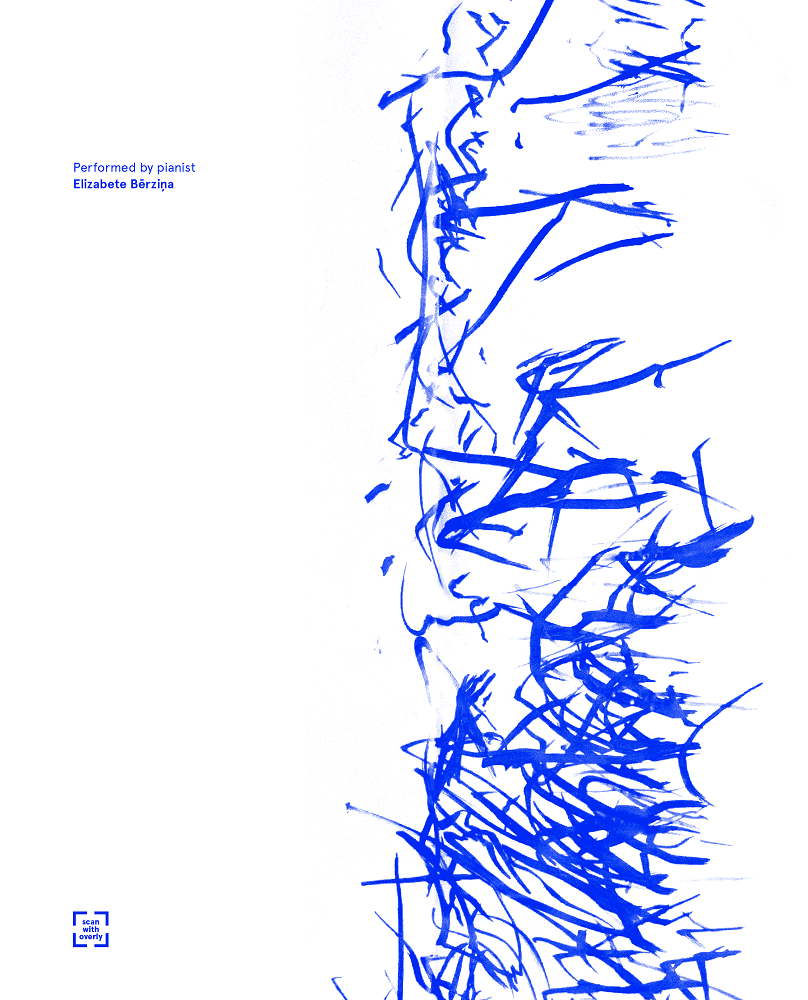Augmented reality completes the storytelling process
The musical paintings created throughout the experiments now mark the start of each new chapter of the book. But while the design looks effective, the paintings on their own do not reveal the creative process, which is where augmented reality came into the picture, explains Maija. “Although there is a description of the process at the end of the book, it still doesn’t quite showcase what the musicians did to create the illustrations. We did after all tape felt-tip pens to their fingers, dipped their hands in paint and that’s just some of the creative work. It isn’t something you just write up, you have to see it to believe it. Luckily, we had captured the process in videos for reference. The next step was to figure out how to incorporate these videos in line with the book launch.
“Of course, we could’ve shown a short video at the launch event, but it would really narrow down the audience that would know about this. Another option was social media, but still, the audience wouldn’t be so relevant. And then I remembered Overly and the picture was completed in my head. We already had the videos, we just had to bring the illustrations to life and complete the story. Now everyone who owns the book can use the Overly app to scan the illustrations and see how they were created.”
“It was at the book’s launch event when we finally saw how people take to the idea. Augmented reality was greatly received by the public and proved to add great value to “Stories in Sounds”. I think a prerequisite of effective design today is interaction — the freedom for people to participate in a given experience. Augmented reality provides this opportunity,” adds Maija.


